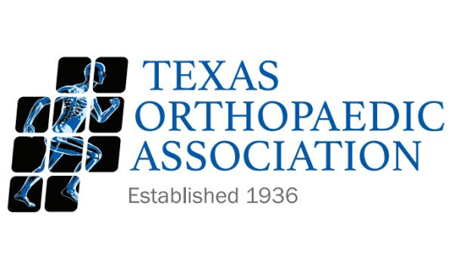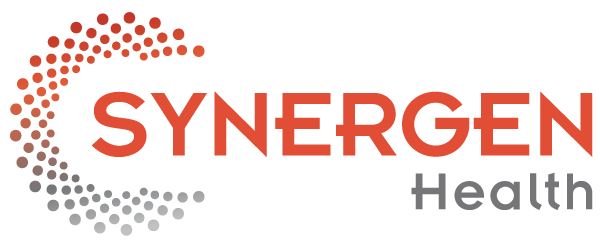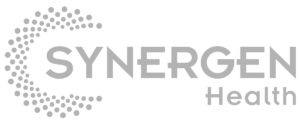 As the pandemic continues to develop and negatively impact the U.S. and global economy, health practices in Texas and across the nation are being forced to plan for financial challenges. As different state, county and city ordinances evolve, physicians and facilities need to fully understand their minimum cash flow levels in order to remain operational and successful in times like these.
As the pandemic continues to develop and negatively impact the U.S. and global economy, health practices in Texas and across the nation are being forced to plan for financial challenges. As different state, county and city ordinances evolve, physicians and facilities need to fully understand their minimum cash flow levels in order to remain operational and successful in times like these.
That said, as the country continues to endure a shaky time for businesses of all kinds, the Coronavirus Aid, Relief, and Economic Security Act (CARES Act) is poised to deliver a critical stimulus package for business and hospitals in the coming weeks. The CARES Act is the third bill created by Congress to address COVID-19, and this bill was created to stabilize the U.S. economy, the CARES Act will provide significant relief for small businesses and health practices. This includes $349 billion in Small Business Administration (SBA) loan guaranties and subsidies, and additional assistance made available for SBA programs.
The CARES Act was signed into law by President Trump on March 27, 2020. The following is a quick summary of applicable tax and loan provision highlights found within the bill – as it stands now.
NOTE: The information below is a summary and will have varying benefits and eligibility requirements. Individuals should carefully assess which of the new federal programs are most beneficial for their practice before applying. When in doubt, seek legal counsel as needed.
Loans
- Paycheck Protection Program
This is an expansion of SBA’s 7(a) Loan Program. The SBA’s existing 7(a) program will increase to a maximum loan amount of $10 million. Practices will be able to leverage this funding for payroll support (including paid sick or medical leave), employee salaries, mortgage, rent and utility payments, insurance premiums and other debt obligations. More details are available on page 9 of the bill.
- Increased Eligibility
The CARES Act will provide support for businesses with 500 or fewer employees, unless the covered industry’s SBA size standard already permitted support for more than 500 employees, which were operational as of Feb. 15, 2020. More details are available on page 14 of the bill.
- Loan Forgiveness
Certain borrowers will now be eligible for loan forgiveness equal to the amount spent during an eight-week period after the origination date of the loan. This includes costs associated with payroll, interest payments on any mortgage, rent on any lease and utilities. All related costs incurred, or utility services need to have begun before Feb. 15, 2020. More details are available on page 41 of the bill.
- Loan Period
The loan period for this program would begin on February 15, 2020, and end on December 31, 2020. More details are available on page 23 of the bill.
- Deferring of Existing Loans
Under the CARES Act, the SBA will pay the principal, interest and any associated fees that are owed on certain existing 7(a) loans for a six-month period. This will begin on the next payment due date, and current loans already in deferment would be granted an additional six months of payment by the SBA – also beginning with the next payment. Additionally, loans made during this period until six months after its enactment would also qualify for six months of deferral payment.
*This will not apply for new Paycheck Protection Program loans made under the CARES Act.*
- EIDL program (Coronavirus Preparedness and Response Supplemental Appropriations Act)
On March 6, 2020 the Coronavirus Preparedness and Response Supplemental Appropriations Act was signed into law, which provides additional SBA disaster assistance loans. Under that law, the SBA was able to expand ways businesses and health care practices could apply for an Economic Injury Disaster Loan (EIDL).
Utilizing this program small businesses can borrow up to $2 million for economic injury and/or physical damage and receive loan terms of up to 30 years. As of now guidelines on how to qualify and how to apply are available but, additional details about the program are slowly being rolled out. Providers can apply for assistance on the SBA’s website.
NOTE: Under the CARES Act, a borrower which receives a 7(a) loan for employee salaries, payroll support, mortgage payments and/or other debt obligations would not be eligible to receive an EIDL for the same purpose, or combine funds from another loan for the same purpose.
Tax Provisions
- Employee Retention Credit for Employer Subject to Closure Due to COVID-19
Eligible employers will receive a credit against applicable employment taxes for each calendar quarter in an amount equal to 50% of the qualified wages with respect to each employee. The amount of qualified wages with respect to each eligible employee will not exceed $10,000 per calendar quarter and the credit will not exceed the applicable employment taxes owed for such calendar quarter. Note that employers taking advantage of the small business interruption loan are not eligible. More details are available on page 178 of the bill.
- Delay of Payment of Employer Payroll Taxes
The CARES Act will allow for most employers to defer payment of applicable employment taxes from the time the CARES Act becomes law through December 31, 2020. Half of this deferred amount would be due on December 31, 2021 and the other half will be due by December 31, 2022. More details are available on page 189 of the bill.

